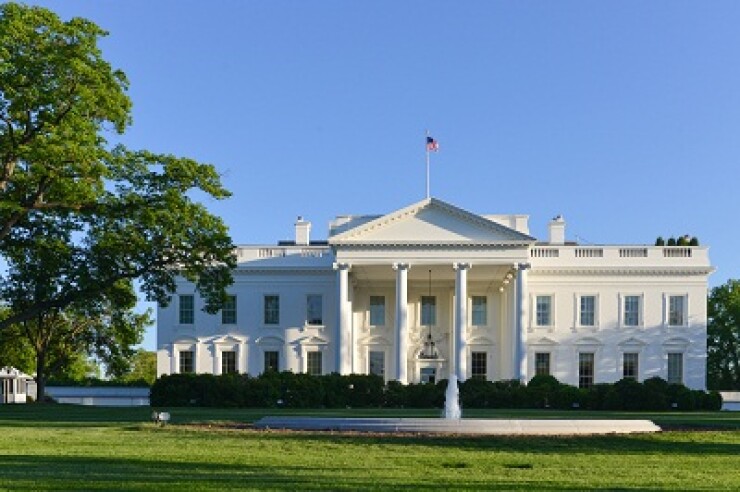Cigna’s plan to acquire Express Scripts, announced yesterday, will unfold at a time when prescription drug prices are soaring and large pharmaceutical companies are making record profits. That has caused state legislatures, the White House and the Federal Drug Administration to question the reasons for those increases and to demand greater price transparency.
The U.S. spent nearly $325 billion on prescription drugs in 2015 and that is expected to have climbed 11% to more than $360 billion in 2017. The average person takes 2.2 prescription medicines, far more than in any other developed nation, and spends two to three times as much on drugs as in other countries.
Pharmaceutical companies claim that prices are high because of the money they expend on research into cures for many of the world’s most devastating diseases. Their increasingly vocal opponents, which include the White House, counter that the cost of drugs is astronomical and takes advantage of consumers.

In his state of the union address, President Trump said reducing the price of prescription drugs was a priority for his administration.
“In many other countries, these drugs cost far less than what we pay in the United States and it is very, very unfair," he told Congress. "That is why I have directed my administration to make fixing the injustice of high drug prices one of our top priorities. Prices will come down."
Many states have jumped into the fray, proposing legislation that would force drug makers and pharmacy benefit managers, like Express Scripts and CVS Caremark, to be more forthcoming about how the drugs are priced.
These bills require the drug makers to provide more information about what they are spending on developing and marketing various medications and the PBMs to explain how they go about negotiating the pharmacy prices paid by health insurance companies.
Transparency bills are the first step toward getting “inside the black box of pricing,” says Trish Riley, executive director for the National Academy for State Health Policy. She is quick to add that these bills aren’t a solution but a first step, because “just knowing what companies are charging doesn’t give anyone the capacity to do much about it.
“This is not a blue state, red state issue,” she contends. “Clearly there is bipartisan interest. States take different approaches on how to address it, but they are very focused on what they can do and how they can have an impact. The cost of drugs is growing so rapidly and unpredictably that it is making it impossible for the states to manage their public programs.”
Maryland advanced a bill last year that addresses price gouging and gives its attorney general the ability to take drug manufacturers and PBMs to court, if there is an unconscionable increase in drug price. Other states are considering similar legislation.
Many of the proposed bills would make it illegal for PBMs—which administrator prescription drug programs on behalf of commercial health plans—to prevent pharmacies from informing customers that they can purchase their drugs more cheaply by paying for them themselves, in lieu of using their insurance.
And Nevada has proposed a bill that requires nonprofits, such as groups that conduct research and prevention for specific diseases, to report any funding they receive from the pharmaceutical industry—because many of them have lobbied against drug price restraints on behalf of the industry.
Some of the state laws go beyond seeking price transparency and ask the federal government for the leeway to purchase certain drugs from lower cost countries like Canada.
The U.S. Food & Drug Administration says it doesn’t support Americans buying prescription drugs from foreign countries as a way to cut costs, because “The safety and effectiveness of imported drugs have not been reviewed by the FDA and their identity and potency can’t be assured. Patients could get the wrong drug.”
The FDA doesn’t regulate drug prices but recognizes that rising prices are a “serious public health issue.” In response, the FDA has put additional resources behind its process for reviewing and approving generic drugs and taken steps to eliminate obstacles that have kept many generics off the market. It also encourages consumers to become smarter drug shoppers by considering whether less expensive drugs might be just as effective as more expensive alternatives.





